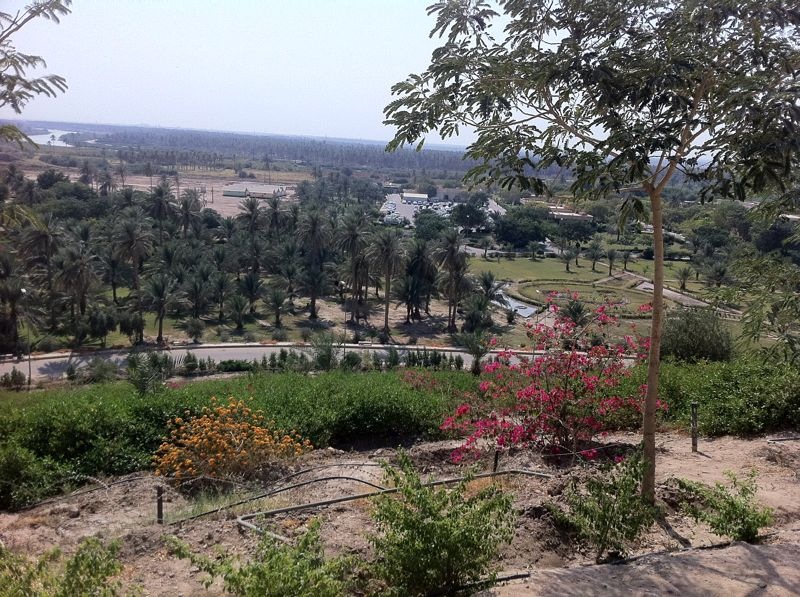Commodity Prices in Ancient Babylon 385 – 61 BC

"Babylon Iraq بابل العراق" by Aziz1005 - Own work. Licensed under Creative Commons Attribution-Share Alike 3.0 via Wikimedia Commons
Yesterday morning I was shown an interesting piece on the International Institute of Social History website about commodity pricing in late Achaemenid and Hellenistic Babylon, by R.J. van der Spek from Vrije Universiteit in Amsterdam.
The prices were recorded alongside other data by astronomers in the employ of the king. There are six key commodities in the listing: these are barley, dates, mustard, cress, sesame and wool. The earliest commodity price in the sequence in fact dates back to 651 BC, but the sequence only becomes regular from 385 BC onwards. In reality, what is in fact listed in the texts are the exchange values of the goods for silver: one shekel of silver to be precise.
Lots of work is being done to standardise these into prices, so that they can make better sense for today’s economic historians, who continue to produce great work on this sequence.
There is also an interesting comment within the post about the skill and problems of utilising statistical analysis to correctly interpret historical reality, which is especially complicated by the remoteness of the period being studied (and the different calendar being utilised at the time), but which is still of relevance to those examining more recent periods of time.
